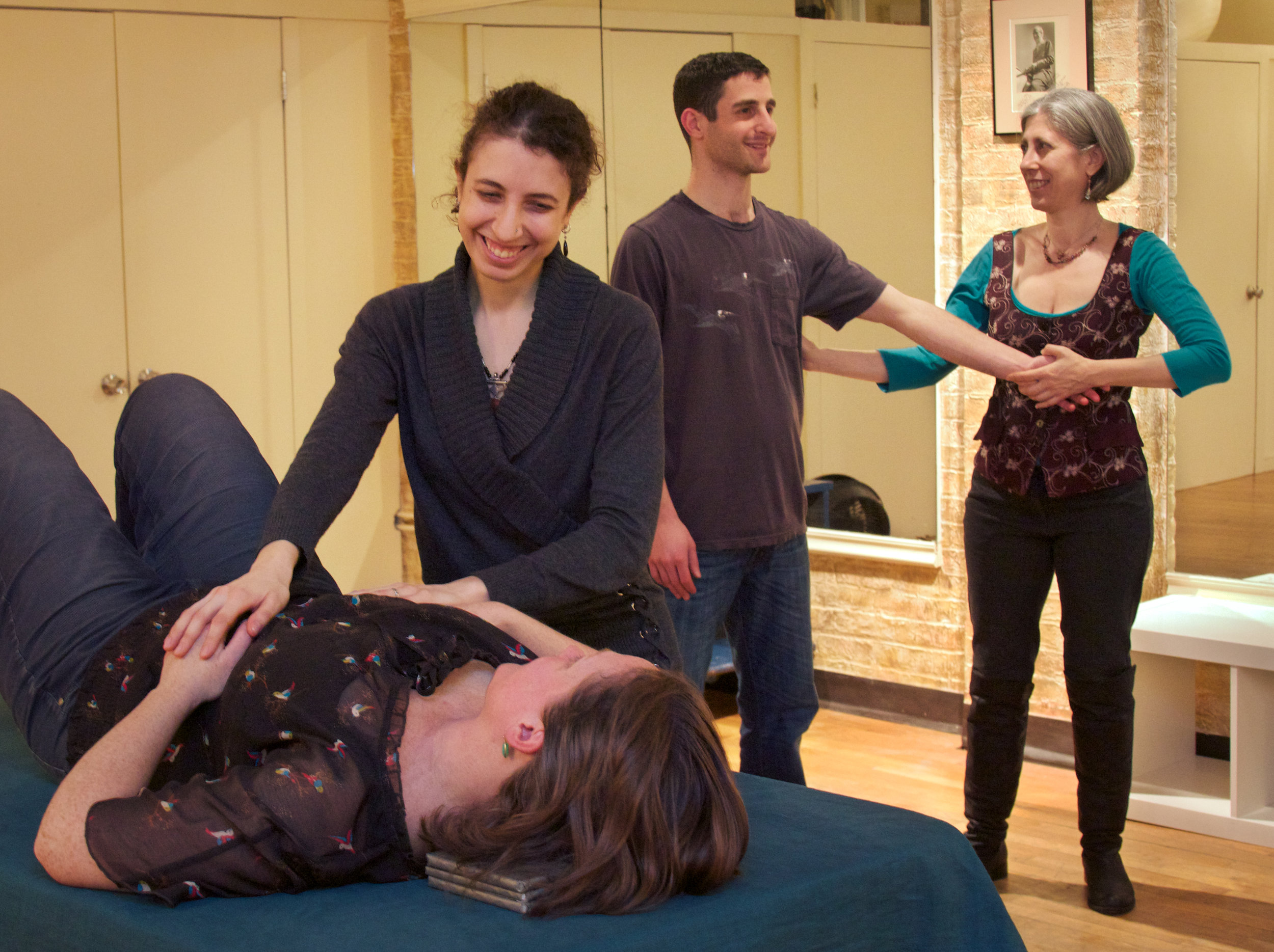 by Karen Krueger
In my last blog post, I wrote about why I chose to enroll in the teacher training program at the American Center for the Alexander Technique ("ACAT"), and described the unique strengths of the program. Graduating from that program was a bittersweet moment for me, as it seemed I would lose my connection to the community that I was a part of as a trainee.
by Karen Krueger
In my last blog post, I wrote about why I chose to enroll in the teacher training program at the American Center for the Alexander Technique ("ACAT"), and described the unique strengths of the program. Graduating from that program was a bittersweet moment for me, as it seemed I would lose my connection to the community that I was a part of as a trainee.
Luckily, as I soon discovered, ACAT gives its graduates many ways to remain part of the community. To begin with, there is the opportunity to serve as a volunteer faculty member. This meant that I could continue to participate in the training course at a level appropriate to my experience. Working with trainees was an ideal way to hone my hands-on skills, as ACAT trainees are expert at giving constructive verbal and nonverbal feedback. Participating in a training class also allowed me to observe and experience what the trainers were teaching, and to contribute with questions and observations from my own growing teaching practice.
In addition, I learned that ACAT is not just a training program. It is a not-for-profit membership organization, offering free and paid continuing education programs for teaching members and free and paid programming in the Alexander Technique for associate members and the general public. A majority of ACAT's Board of Directors are ACAT graduates.
ACAT teaching members offer monthly free introductions to the Alexander Technique. Volunteering to present or assist in these "Hands-On Demonstrations" is a great way for recent graduates to get valuable experience working with groups on the Alexander Technique. ACAT also sponsors low-cost drop-in group classes in the Alexander Technique, staffed by teaching members who have been active volunteers at the Hands-On Demonstrations.
In addition to these formal connections, ACAT graduates have their own more spontaneous ways of nurturing the ACAT community. Many of the people I trained with remain friends, have exchanges with each other to work on their skills, and refer students to each other. As I become a more experienced teacher, I find that my most valued form of continuing education is exchanging work with the ACAT people I met during my three years in the training course.
If you love the Alexander Technique, you can be a part of the ACAT community, even if you did not graduate from ACAT, by joining as a teaching member (if you are an AmSAT-certified teacher) or an associate member.
To learn more about the benefits of membership, go here.
To learn more about ACAT's teacher training program, go here.
[author] [author_image timthumb='on']http://www.acatnyc.org/main/wp-content/uploads/2015/10/karen-headshot-67.jpg[/author_image] [author_info]KAREN G. KRUEGER became a teacher of the Alexander Technique after 25 years of practicing law at two major New York law firms, receiving her teaching certificate from the American Center for the Alexander Technique in December 2010. Her students include lawyers, business executives, IT professionals and others interested in living with greater ease and skill. Find her at her website: http://kgk-llc.com. [/author_info] [/author]

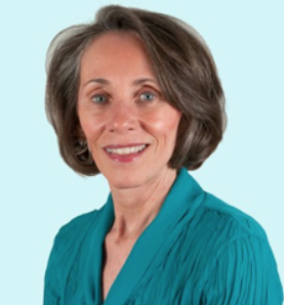 by Marta Curbelo
I always loved movement and dance. I became a “star” in my brand new elementary school when I danced in front of my father’s Latin band at a school assembly. As a stay-at-home mom, I missed dance. When Nicole was eight, I decided to get active again: I joined The Nickolaus Technique exercise classes. After a few years of taking classes, I became an instructor and gave classes. One of the franchise owners was training at ACAT and asked me to volunteer as his student. At the time, I was about to buy a Nickolaus franchise. After volunteering at ACAT and experiencing a lightness I had never before felt, I started The Alexander Technique lessons with Sarnie Ogus and my life changed. Forget about the Nickolaus franchise, this was for me. My then-husband was going to be assigned to London and I knew I could find a home in England with The Alexander Technique. We never made it to London, but I have been able to teach The Alexander Technique wherever I found myself: New York City, Stamford CT or Santa Fe NM; even being invited to give annual workshops in Italy and Switzerland over a six-year period.
by Marta Curbelo
I always loved movement and dance. I became a “star” in my brand new elementary school when I danced in front of my father’s Latin band at a school assembly. As a stay-at-home mom, I missed dance. When Nicole was eight, I decided to get active again: I joined The Nickolaus Technique exercise classes. After a few years of taking classes, I became an instructor and gave classes. One of the franchise owners was training at ACAT and asked me to volunteer as his student. At the time, I was about to buy a Nickolaus franchise. After volunteering at ACAT and experiencing a lightness I had never before felt, I started The Alexander Technique lessons with Sarnie Ogus and my life changed. Forget about the Nickolaus franchise, this was for me. My then-husband was going to be assigned to London and I knew I could find a home in England with The Alexander Technique. We never made it to London, but I have been able to teach The Alexander Technique wherever I found myself: New York City, Stamford CT or Santa Fe NM; even being invited to give annual workshops in Italy and Switzerland over a six-year period.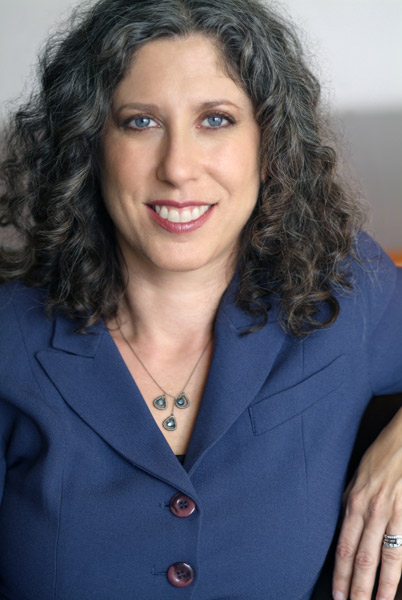 by Brooke Lieb
I first heard about the Alexander Technique when I was researching theater training. Alexander was part of the curriculum at The Juilliard School, Carnegie Mellon University, ACT in San Francisco, and many of the acting programs in London. I was planning to study for theater as an undergraduate, though I honestly didn't think I had the talent or constitution to manage the business side of the profession. Since I always liked to communicate through touch, I thought the Alexander Technique would be a profession that would place me within the performing arts world as a teacher, without dealing with the stress and rejection of auditioning and relying on being the right type to get to practice my craft as an actor. I knew on some level that I was going to train to teach the Alexander Technique even before I had a lesson.
by Brooke Lieb
I first heard about the Alexander Technique when I was researching theater training. Alexander was part of the curriculum at The Juilliard School, Carnegie Mellon University, ACT in San Francisco, and many of the acting programs in London. I was planning to study for theater as an undergraduate, though I honestly didn't think I had the talent or constitution to manage the business side of the profession. Since I always liked to communicate through touch, I thought the Alexander Technique would be a profession that would place me within the performing arts world as a teacher, without dealing with the stress and rejection of auditioning and relying on being the right type to get to practice my craft as an actor. I knew on some level that I was going to train to teach the Alexander Technique even before I had a lesson.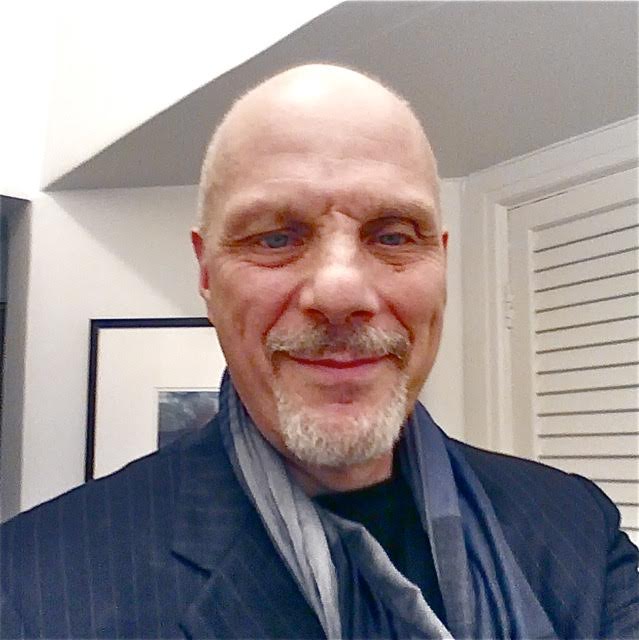 by Daniel Singer
As a young man in my 20’s and well out of college, I was continuing with the spiritual search I had consciously begun at age 15. So as it happened, I found myself living in upstate New York on a rural farm, with a serious group of spiritual seekers. We were studying, in a practical way, the ideas of Gurdjieff. This farm/craft guild was an extraordinarily impactful learning environment, centered around traditional arts like pottery, weaving, woodworking, printing, farming, home-crafts, etc. We were studying the ideas of Gurdjieff; and working at traditional crafts was part of a means we used for self-study. I myself became a glassblower artisan there, and made this community my home for 6 years.
by Daniel Singer
As a young man in my 20’s and well out of college, I was continuing with the spiritual search I had consciously begun at age 15. So as it happened, I found myself living in upstate New York on a rural farm, with a serious group of spiritual seekers. We were studying, in a practical way, the ideas of Gurdjieff. This farm/craft guild was an extraordinarily impactful learning environment, centered around traditional arts like pottery, weaving, woodworking, printing, farming, home-crafts, etc. We were studying the ideas of Gurdjieff; and working at traditional crafts was part of a means we used for self-study. I myself became a glassblower artisan there, and made this community my home for 6 years.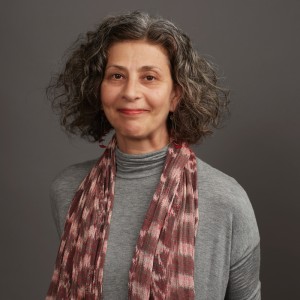 by Kim Jessor
It was 1977. I had recently graduated from college, and had come to New York to be a dancer. I was living in Soho, taking dance classes, rehearsing and performing in lofts, and living the downtown New York arty life I had dreamed of. But then my knees began to give me trouble. Like F. M. Alexander, the medical world had no answers for me, nothing showed up on an x-ray, rest was advised. I was desperate; the life I had envisioned, the great joy dancing brought me and how much my young identity was tied up in it, seemed to be slipping away from me. At Sarah Lawrence College I had known Missy Vineyard. I knew she had become an Alexander teacher, and I had another dancer friend with knee trouble who was studying with Missy. They were the first people to tell me of this work that would change my life. I don’t remember clearly how I found my way to Jessica Wolf for my first lesson. She was still in her final semester of training. Once I went with her for a supervisory lesson to Judy Liebowitz’s (one of ACAT’s founders) apartment!
by Kim Jessor
It was 1977. I had recently graduated from college, and had come to New York to be a dancer. I was living in Soho, taking dance classes, rehearsing and performing in lofts, and living the downtown New York arty life I had dreamed of. But then my knees began to give me trouble. Like F. M. Alexander, the medical world had no answers for me, nothing showed up on an x-ray, rest was advised. I was desperate; the life I had envisioned, the great joy dancing brought me and how much my young identity was tied up in it, seemed to be slipping away from me. At Sarah Lawrence College I had known Missy Vineyard. I knew she had become an Alexander teacher, and I had another dancer friend with knee trouble who was studying with Missy. They were the first people to tell me of this work that would change my life. I don’t remember clearly how I found my way to Jessica Wolf for my first lesson. She was still in her final semester of training. Once I went with her for a supervisory lesson to Judy Liebowitz’s (one of ACAT’s founders) apartment!
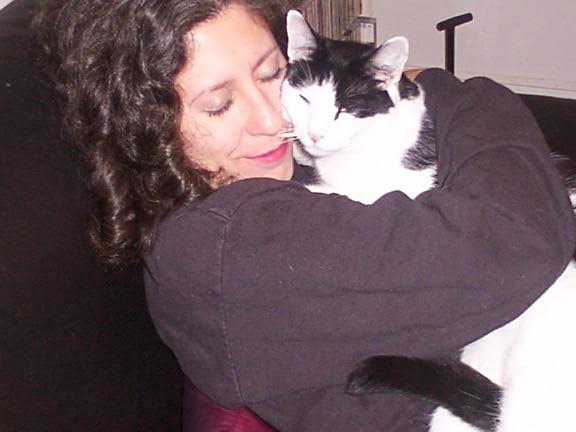 by Brooke Lieb
The Alexander Technique teaches a robust tool to recognize and address habits, including movement patterns, posture and muscle tone; and thinking and behavioral habits, as well.
by Brooke Lieb
The Alexander Technique teaches a robust tool to recognize and address habits, including movement patterns, posture and muscle tone; and thinking and behavioral habits, as well.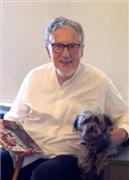 by Brooke Lieb
by Brooke Lieb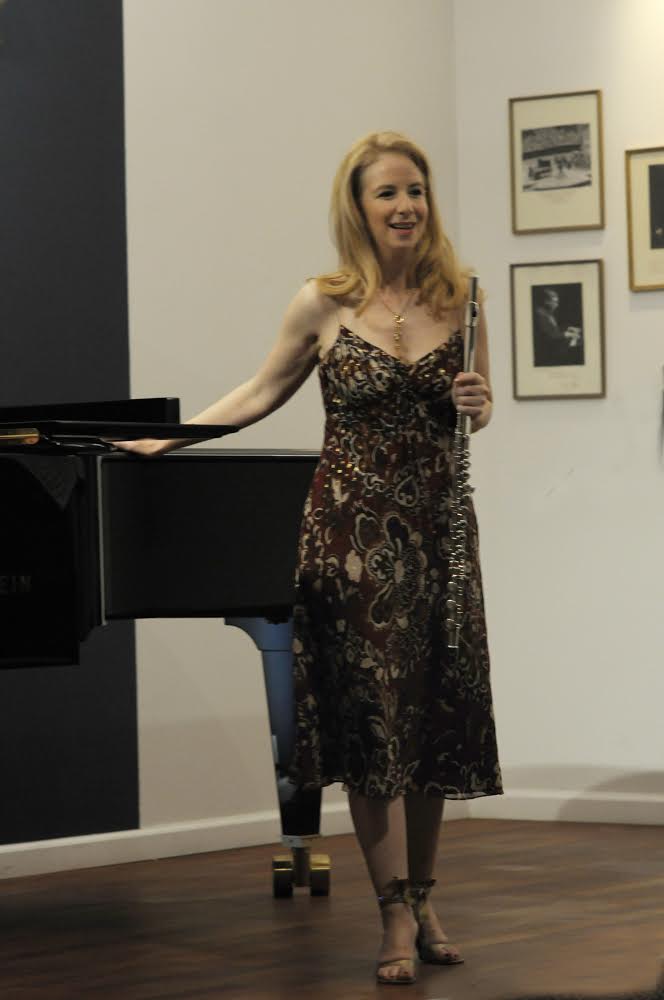 by Brooke Lieb
ACAT’s
by Brooke Lieb
ACAT’s 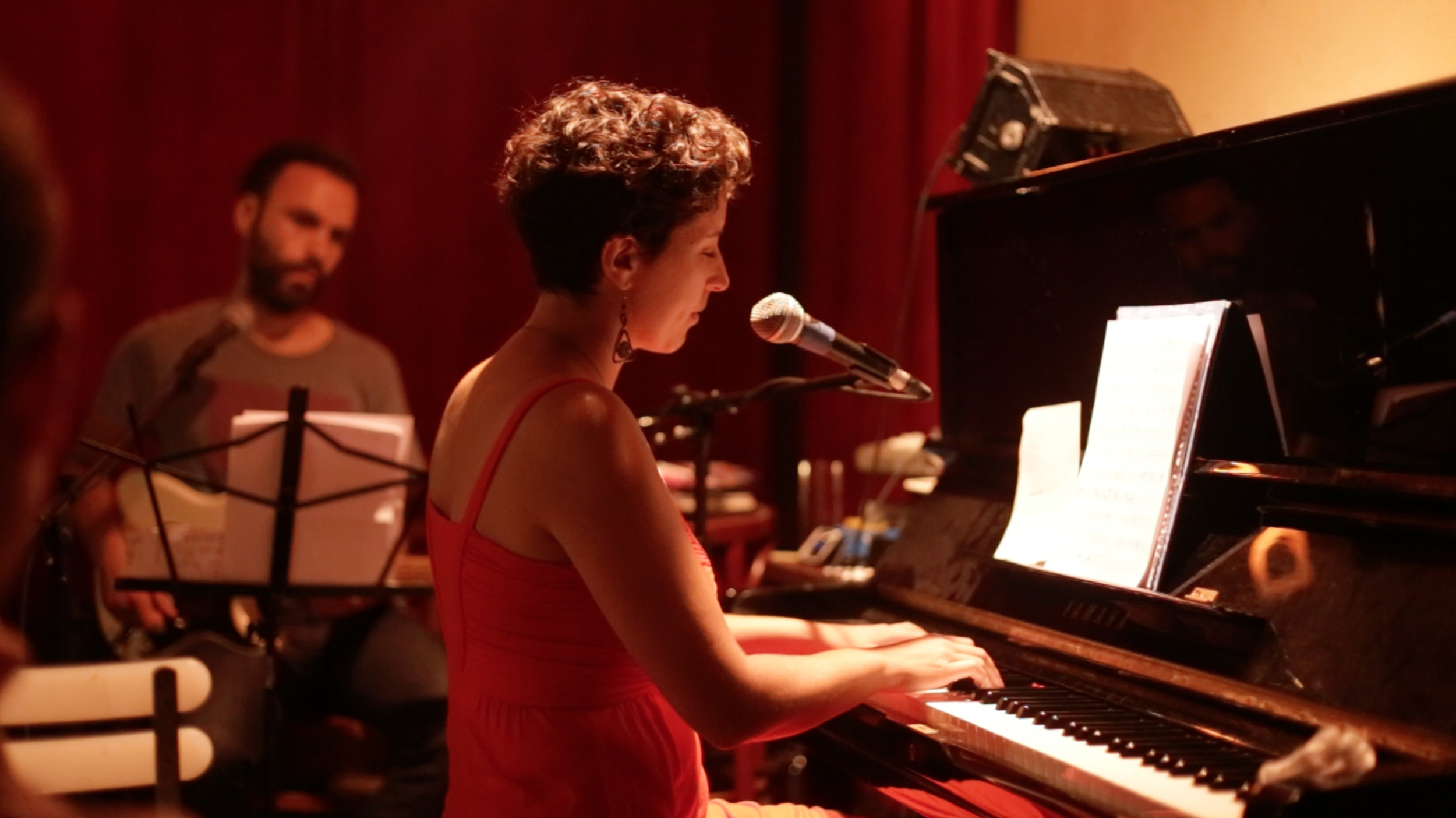 By Mariel Berger
[Many thanks to my Alexander Technique teacher, Witold Fitz-Simon, and my Alexander Technique Psychologist, Jane Dorlester]
By Mariel Berger
[Many thanks to my Alexander Technique teacher, Witold Fitz-Simon, and my Alexander Technique Psychologist, Jane Dorlester]
 by Jeffrey Glazer
Recently, I realized that it’s been years since I’ve spent a dime on efforts to get myself out of pain.
by Jeffrey Glazer
Recently, I realized that it’s been years since I’ve spent a dime on efforts to get myself out of pain.